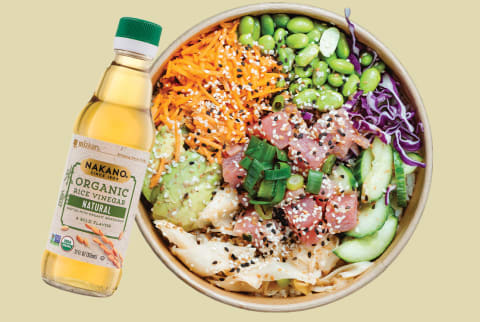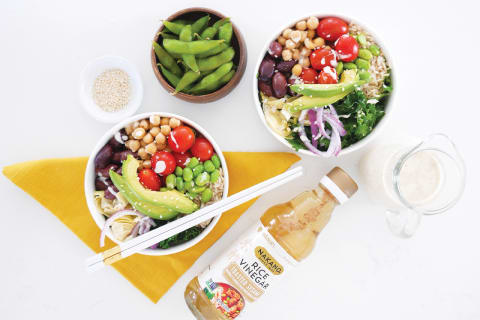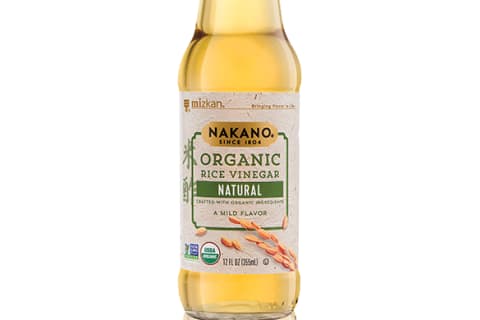Rice vinegar is made by two distinct fermentation processes. The first fermentation process converts sugars from the raw materials (aka rice) into alcohol, and the second fermentation process converts that alcohol into acid. This is the acetic, or acid fermentation, that forms vinegar. And while this acidic taste created from this brewing process is enough to add some tang to our recipes, it is less acidic than white or balsamic vinegar. Plain rice vinegar actually has a mildly sweet and slightly sour flavor but often comes in flavored varieties, too. So how does this special ingredient go about making our food taste so good? Devon’s first book, Earth Women, is coming soon. To learn more, join the mailing list, and receive updates, head to www.devonbarrowwriting.com.







